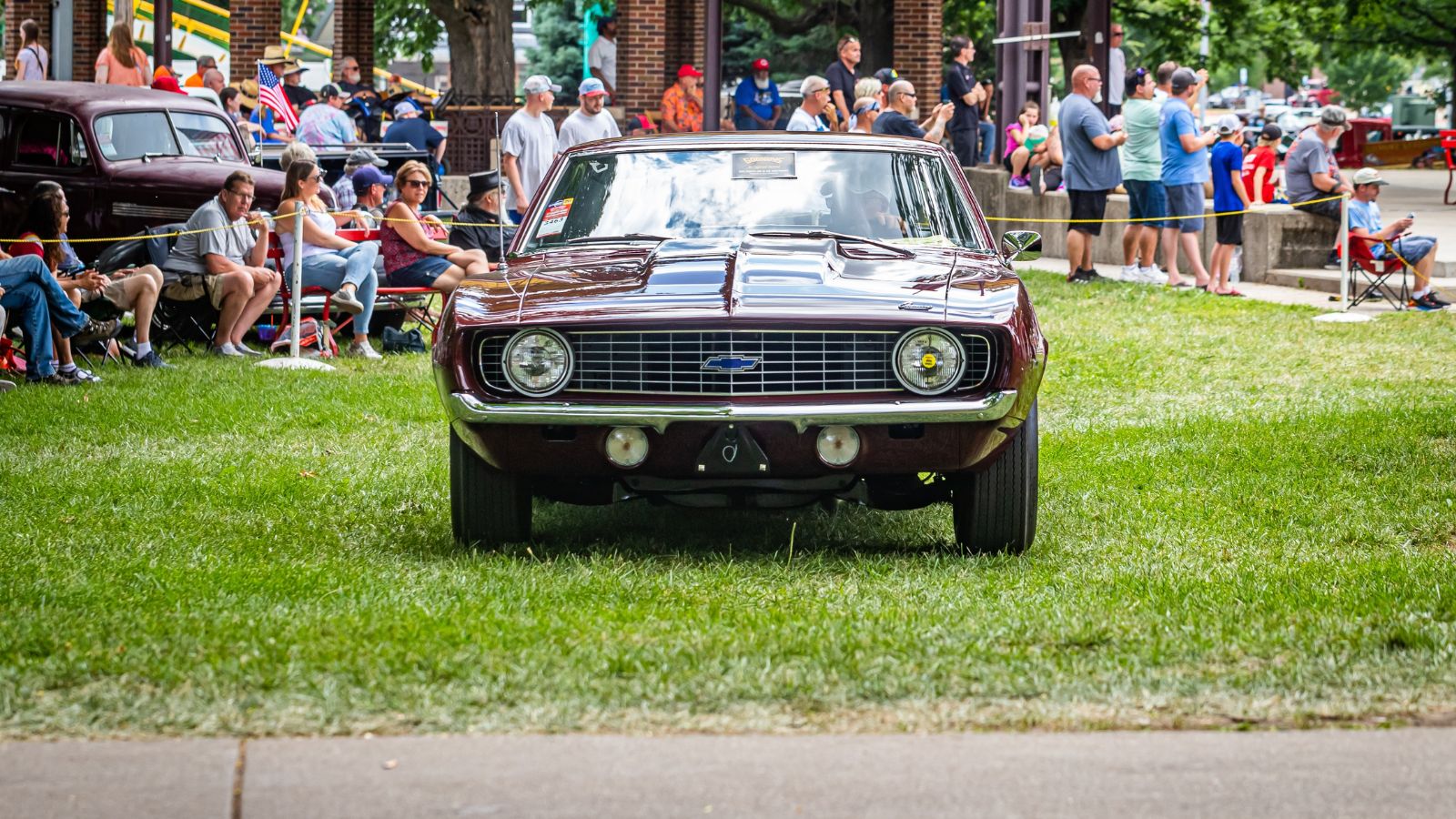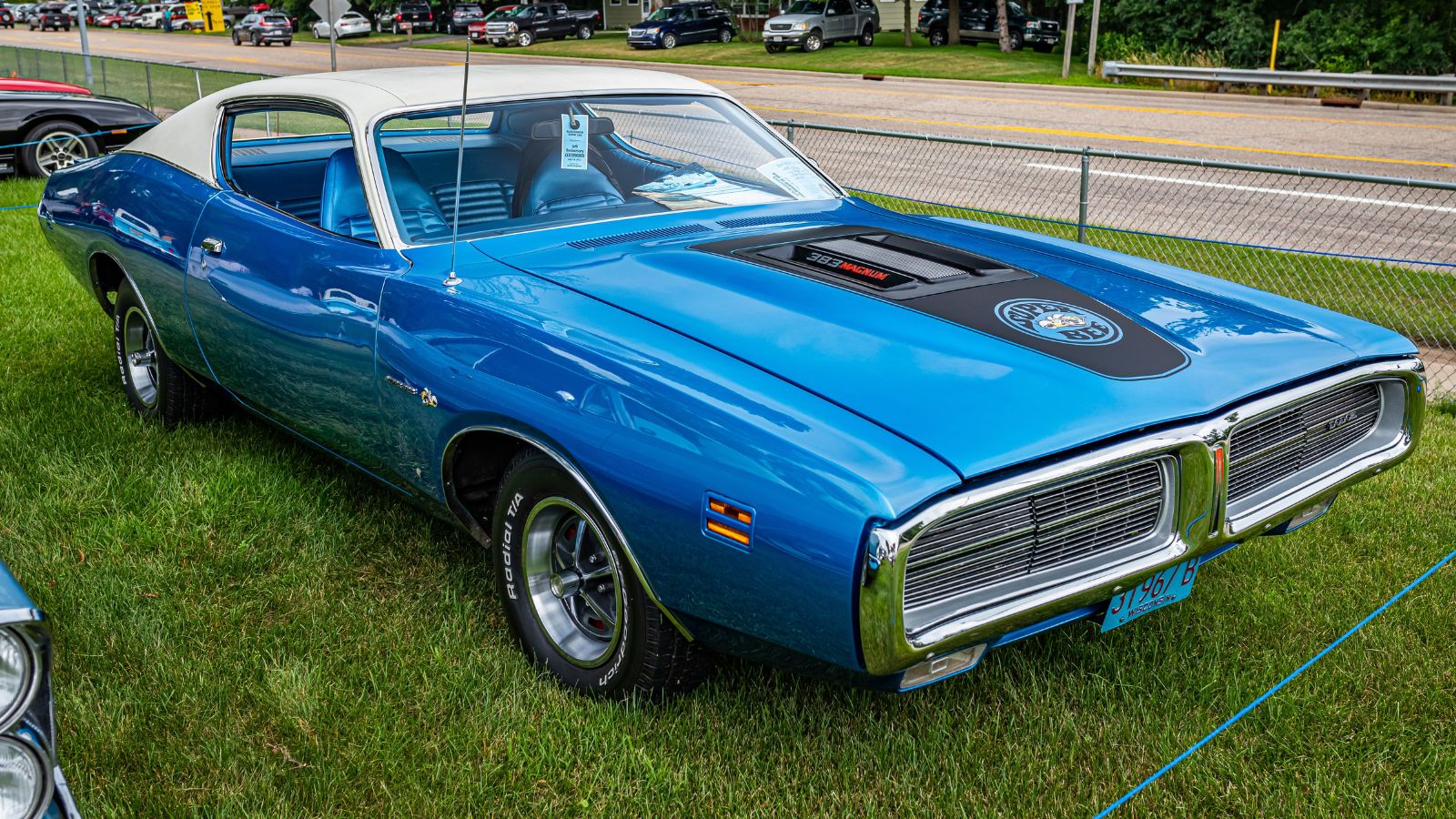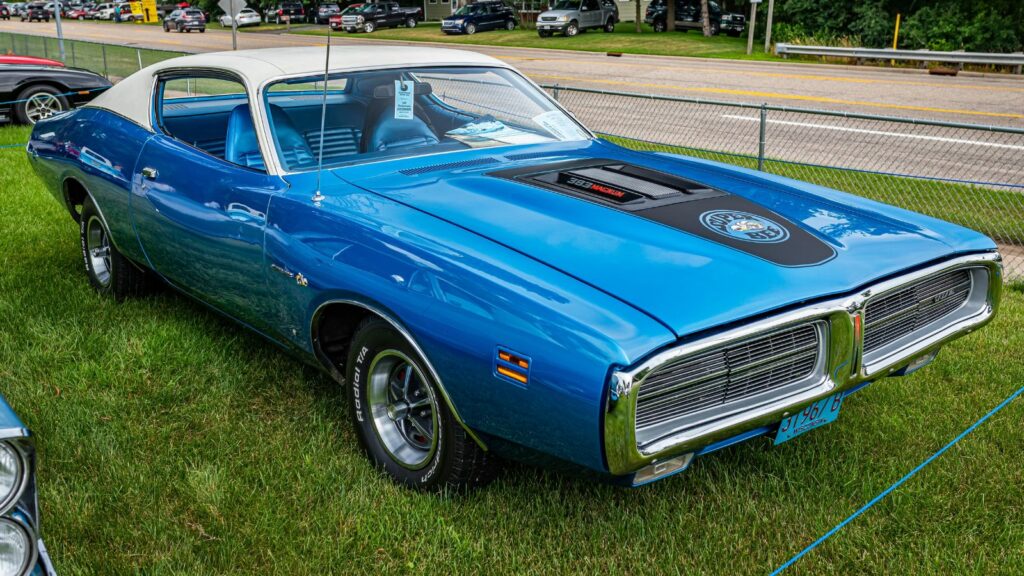The golden age of American muscle cars produced some of the most legendary machines ever to hit the road. From the 1960s through the early 1970s, Detroit automakers were locked in an arms race of horsepower, torque, and style. But for every icon that made it into showrooms, there were dozens of projects that never got the green light. Some were killed by new emissions laws, others by shifting market trends or cautious executives who didn’t share the engineers’ vision. What remains are tantalizing “what if” stories cars that could have changed history if they had been built. Here are eight muscle cars that should have existed but never did.
1970 Pontiac Firebird Trans Am 455 H.O. Judge

Pontiac was at its creative peak in 1970, with the Trans Am gaining fame on the track and the GTO Judge dominating the streets. The idea of combining the two into one ultimate performance car was very real. Engineers wanted to drop Pontiac’s new 455 High Output engine into a Trans Am body and give it the bold graphics and attitude of the Judge. It would have featured Ram Air induction, a tuned suspension, and a visual package that screamed power.
Pontiac insiders even mocked up prototypes, but management pulled the plug as emissions restrictions tightened and insurance costs climbed. Had it been built, the Trans Am Judge could have been the crown jewel of Pontiac’s muscle era a perfect blend of the GTO’s brute strength and the Firebird’s agility. Today, enthusiasts still imagine what might have been: a high-torque, track-ready street car that would have become an instant collectible.
1969 Chevrolet Camaro ZL1 Convertible

The 1969 Camaro ZL1 coupe is already a legend, built for drag racing and powered by Chevrolet’s all-aluminum 427 big-block V8. Only 69 were produced, each one an uncompromising factory hot rod. But Chevrolet briefly considered building a convertible version, which would have combined the ZL1’s staggering performance with the freedom of open-air driving.
Unfortunately, the idea was dropped before any production units were made, likely due to cost and concerns over chassis rigidity. Rumors persist of a single prototype, but no verified examples have surfaced. If Chevrolet had followed through, the ZL1 Convertible would have been one of the rarest and most thrilling muscle cars ever made a 500-horsepower drop-top that could have rivaled even the best European sports cars of its day.
1971 Dodge Charger Daytona Return

The original Charger Daytona was born from NASCAR rivalry, built to dominate the high banks with its aerodynamic nose cone and towering rear wing. Chrysler engineers planned a successor based on the sleeker 1971 Charger body, with improved aerodynamics and a more refined design. Early sketches showed a smoother front fascia and integrated spoiler, a look that could have taken Mopar performance into the next decade.
But before it could be built, NASCAR changed its rules, effectively banning the aero cars from competition. Without racing as its purpose, the project was canceled. If it had reached production, the 1971 Daytona could have redefined Dodge’s performance image for the 1970s and kept the aerodynamic muscle car alive just a little longer.
1970 Ford Torino King Cobra

Ford came incredibly close to unleashing one of the wildest muscle cars in history. The Torino King Cobra was designed specifically to challenge Dodge and Plymouth’s winged warriors on the NASCAR circuit. Its long, pointed nose borrowed aerodynamic cues from the Ford GT40, and its heart was a monstrous 429 Cobra Jet engine. Three prototypes were built and tested, reportedly capable of extraordinary speeds.
When NASCAR imposed new engine displacement limits, Ford withdrew from competition, and the King Cobra project died overnight. The few existing prototypes became collector legends, symbols of what Ford could have achieved if it had stayed in the fight. The King Cobra had the looks, the power, and the pedigree to be a muscle car icon. Instead, it became one of the greatest “almosts” in automotive history.
1972 Chevrolet Chevelle SS 454 LS6 Continuation

The Chevelle SS 454 LS6 of 1970 was one of the most powerful cars Chevrolet ever built, producing 450 horsepower and dominating both the street and the strip. Plans were in motion to continue the LS6 into 1972 with slight modifications to meet new emissions standards, but the era of unrestricted muscle was already ending. By the time the 1972 model year arrived, the LS6 engine was canceled and replaced with lower-compression versions that couldn’t match its performance.
Chevrolet had prototypes ready, with improved cooling and revised carburetion to balance performance and compliance, but the project never received approval. If it had gone forward, the 1972 LS6 Chevelle could have been the bridge between the old-school muscle car and the modern performance era that followed. Instead, it remains a dream of what might have been—the last gasp of true big-block power.
1971 AMC Javelin AMX 401 Ram Air

American Motors Corporation may have been the underdog of the muscle car wars, but it had plenty of ambition. Engineers developed a plan for a Ram Air-equipped Javelin AMX powered by a 401-cubic-inch engine, designed to rival the Mustang Mach 1 and Camaro Z/28. With aggressive styling and a lightweight body, the Ram Air Javelin could have been AMC’s breakout performance car.
Unfortunately, AMC’s limited budget and declining sales forced management to scrap the project before it could launch. Had it been built, the Javelin AMX 401 Ram Air might have earned AMC a permanent place alongside Detroit’s muscle car giants. Instead, it stands as a reminder that sometimes great ideas are lost to financial reality.
When Muscle Dreams Met Corporate Reality

For every Chevelle or Challenger that made history, there were several equally exciting projects that never escaped the design studio. Some were victims of timing, others of regulations or internal politics, but all shared the same DNA as the greats. They represented bold thinking and the unfiltered passion of engineers who wanted to keep the muscle car dream alive.
If these eight cars had been built, they might have changed the direction of performance history. Instead, they live on as legends whispered among car enthusiasts a reminder that even in the world of horsepower, sometimes imagination can be more powerful than reality.
25 Facts About Car Loans That Most Drivers Don’t Realize

Car loans are one of the most common ways people fund car purchases. Like any other kind of loan, car loans can have certain features that can be regarded as an advantage or a disadvantage to the borrower. Understanding all essential facts about car loans and how they work to ensure that you get the best deal for your financial situation is essential. Here are 25 shocking facts about car loans that most drivers don’t realize:
25 Facts About Car Loans That Most Drivers Don’t Realize
